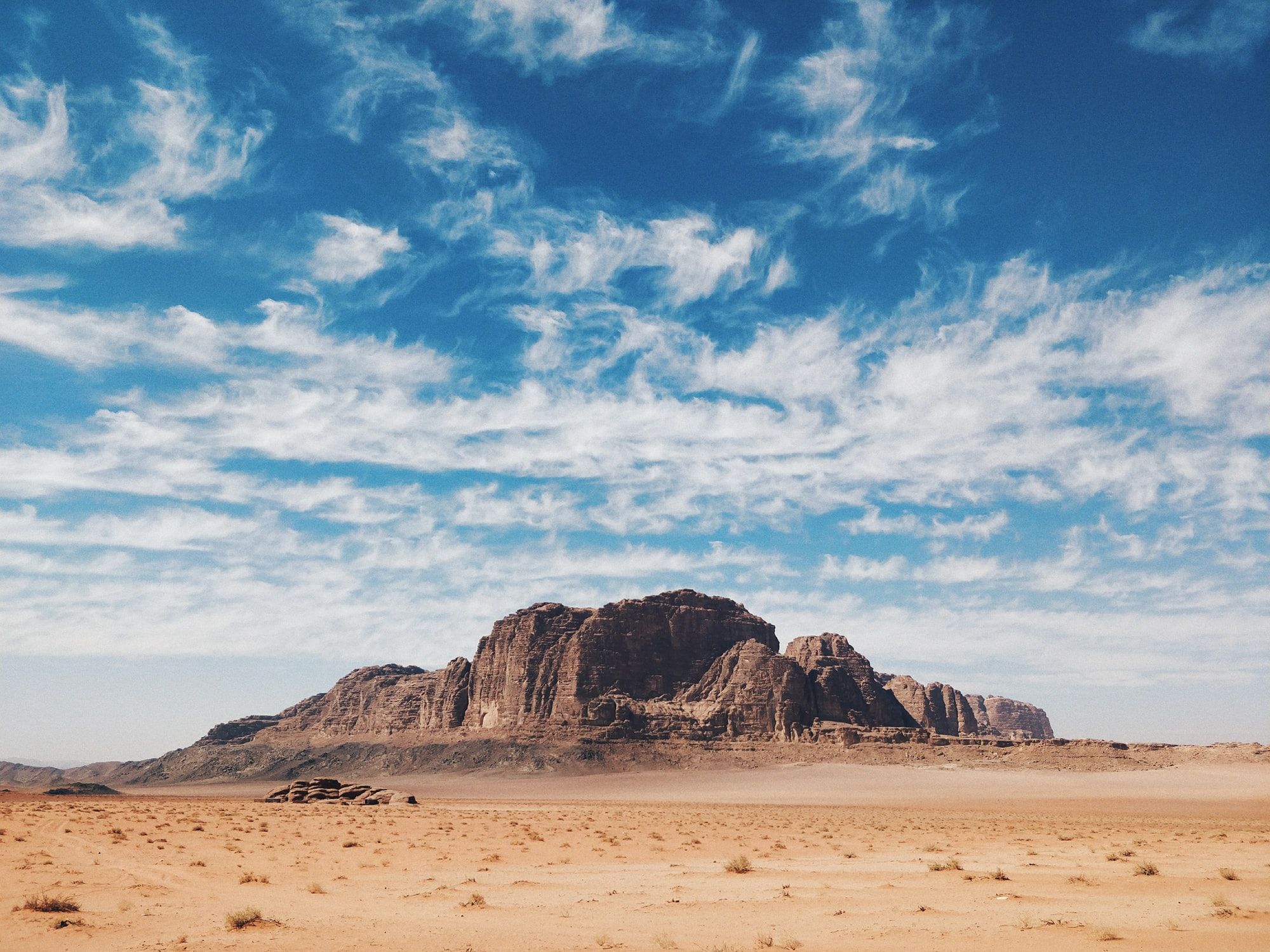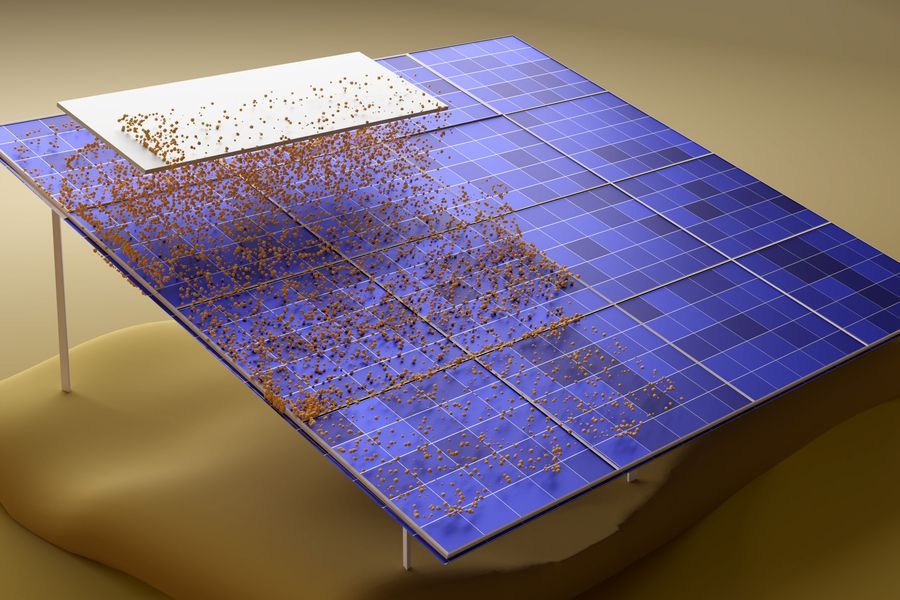
🏜 MIT team designs desert shelter for humans and animals
A team of MIT alumni have recently designed a sustainable structure for humans as well as animals.
Share this story!
In 2018, MIT alumni Zhicheng Xu and Mengqi Moon designed a winning design called “Lodgers” for a design competition organized by The Land Art Generator Initiative and Burning Man. Their task was to create something within the energy, water, food, shelter, and regenerative waste management systems area which could be used in the Black Rock Desert of northwestern Nevada.
Xu and Moon asked themselves: “Who are we designing for? What do we mean by shelter? Sheltering whom?” They came up with “Lodgers,” a shelter meant to protect and accommodate both humans and more than 100 plants and animal species. Xu and Moon took the desert’s inhabitants into account while making this design. MIT News writes that the “lodgers feature bee towers, nesting platforms for birds, sugar-glazed logs for breeding beetle larvae, composting toilets and environmental education classrooms for humans.”
“To us, it’s a beautiful expression of how different species are entangled on the land. And us as humans is just another tiny piece in this entanglement,” says Xu to MIT News.
Besides this, the team also used low-cost and straightforward, recycled materials while building the lodgers. They used, for example scrap wood, two-by-four lumber, and abundant dry reeds and bulrush growing in the desert. Optimist DailyOptimist Daily they also “employed computational tools and traditional Native American Shoshone and Paiute methods to make structures that wouldn’t require heavy equipment or training.”
These shelters are working with the dangers in the deserts, such as droughts and sandstorms. They are meant to be temporary, and in case the lodgers stop being used in the future, they will naturally decompose in nature.
Xu and Moon’s design is currently on display in the Wiesner Student Art Gallery in Boston, MA, entitled: “Lodgers: Friction Between Neighbors.”

By becoming a premium supporter, you help in the creation and sharing of fact-based optimistic news all over the world.



